From ravaged war zones to narco-trafficking hotbeds, these 10 countries (in no particular order) are a few of those that pose the most danger to travelers. The question is: are they worth the risk?
Afghanistan
Should you go? Unless you’re a soldier or an aid worker, probably not. Although there are areas open to travel, the majority of tourists will be safer staying at home or at least waiting a few more years for the situation to stabilize. Pashtun run tour company Untamed Borders still offers tours of the regions with local guides but even they can’t guarantee your safety. Instead, you could opt to explore Central Asia and the other five ‘stans – Turkmenistan, Uzbekistan, Kyrgyzstan, Kazakhstan, and Tajikistan.
Brazil
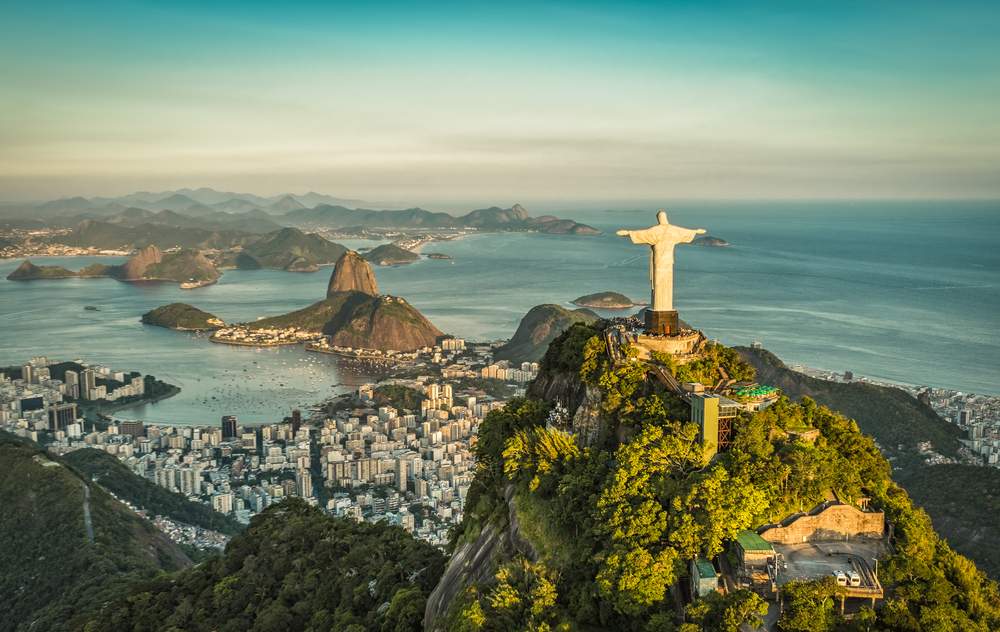
Should you go? Absolutely, just take care. Like many areas of the world, Brazil’s big cities can be unsafe and levels of violent crime are sadly much higher than in many of its neighboring countries, but much of this can and is avoided by tourists every year. Keep your belongings close, avoid the favelas and non-tourist districts, be extra diligent after dark and always abide by the advice of the locals even when it seems exaggerated or overly cautious.
>> Learn about where to go in Brazil (besides Rio).
Iraq
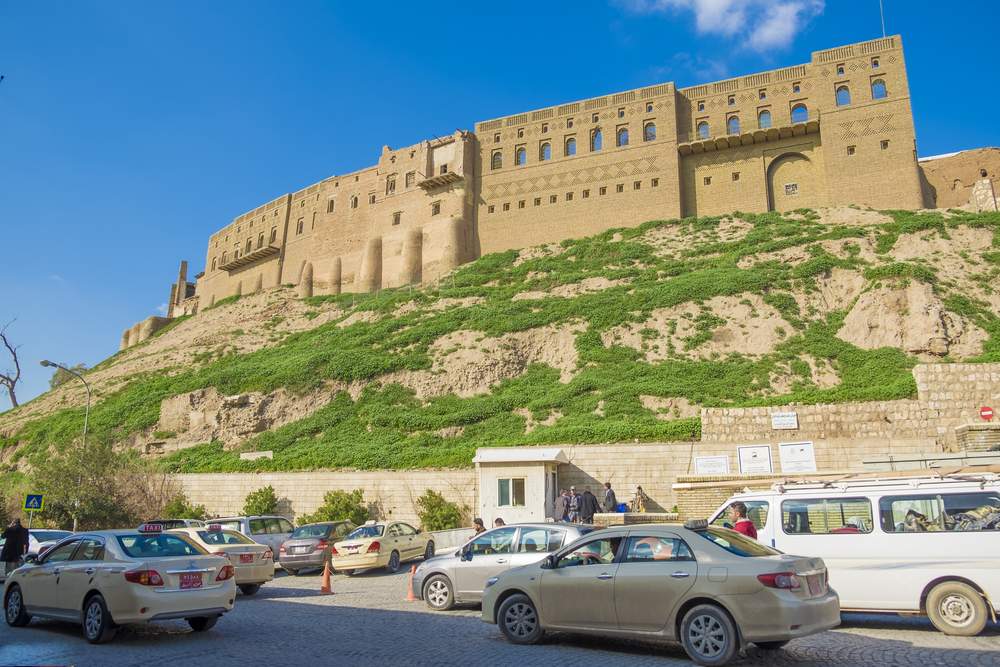
Should you go? If you’re interested in the south, not yet. The situation in Iraq is improving and tour companies like Hinterland Travel have reinstated their Iraq tours as of 2011 but it’s advisable to hold off on booking for another year or so. That said, if you must go, the northern part of Iraq, known as Kurdistan, to locals, is full of ancient sites to see like the Erbil Citadel, thought to be the longest running continuous settlement known to man, and is less dangerous than the south and warrants consideration. In the meantime, there are safer options in the region, such as Jordan, home to the Dead Sea, the ancient site of Petra and the beautiful Wadi Rum valley.
>> Visit Petra and Wadi Rum by bike
Pakistan
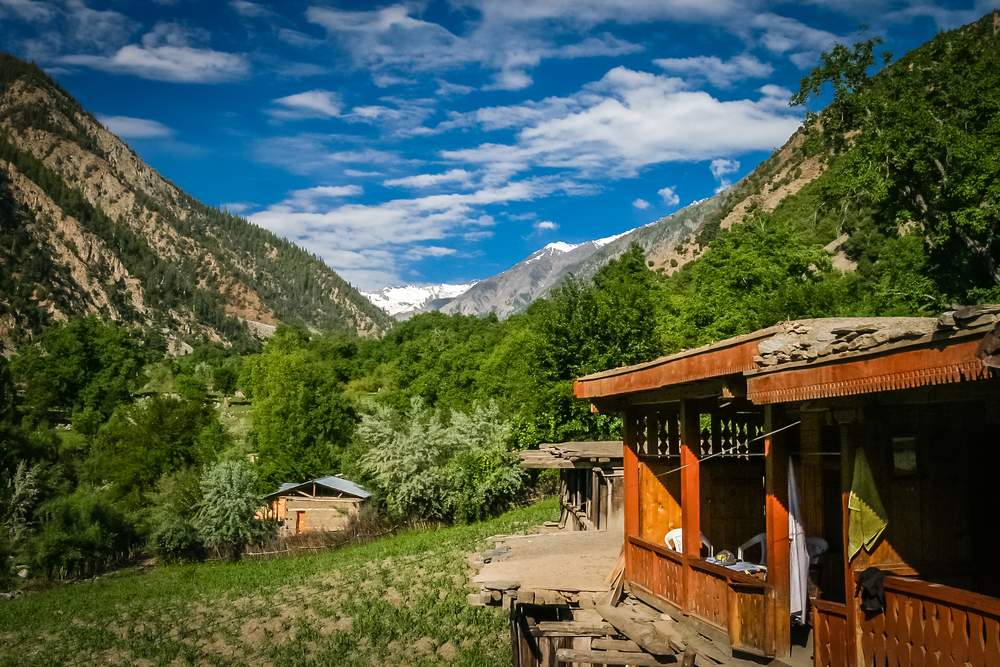
Should you go? Maybe. Both the US and UK advise against travel, but climbers are still heading to the mountain ranges, albeit with due caution. Untamed borders and Snow Land both still offer treks, including scaling the famous K2.
>> Get an inside look at what it’s like to live and work as an expat in Pakistan
Colombia

Should you go? Yes, but stick to the ‘safe’ areas. In Bogotá and Cartagena and other well-trodden areas, travelers are unlikely to encounter issues more severe than in most major cities but don’t let this convince you that the whole country is secure. Narco-trafficking and FARC rebels are still major problems in certain areas and travelers should avoid land border crossings and seek out up-to-date local advice before heading to rural areas.
>> Read more about why you should visit Colombia now
Somalia
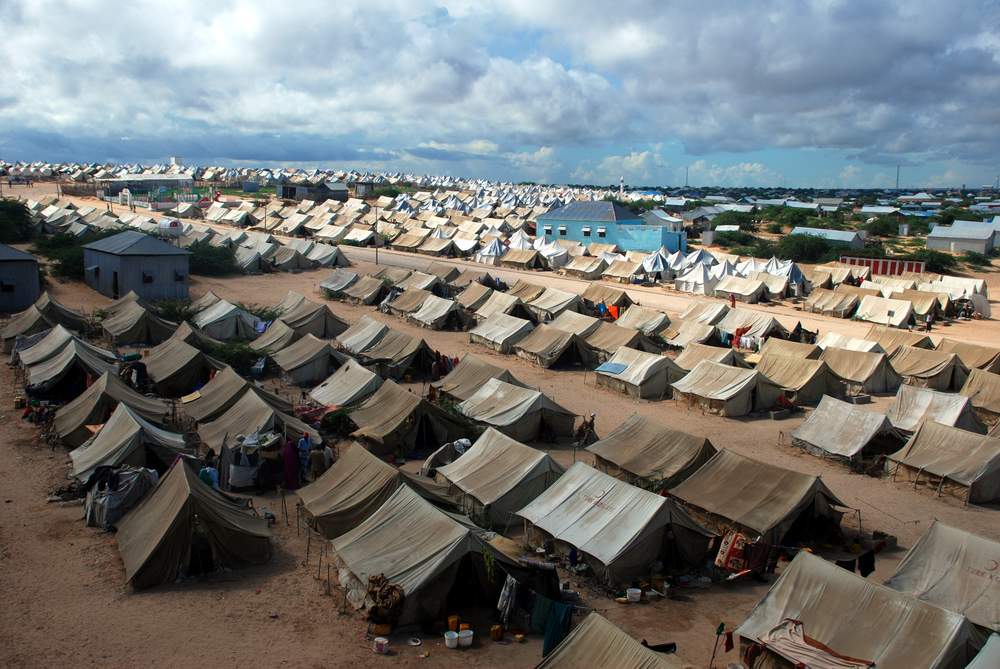
Should you go? The short answer is no unless you are traveling with an aid organization or volunteer group (and even then you should carefully consider the risks). Immigration officials have even been known to turn away potential tourists due to the dangers and all western countries advise against travel to the region, so not surprising that most Somalians can’t remember the last time they saw a tourist. If getting off the beaten path in Africa is your goal, there are plenty of other options, like the tiny neighboring country of Djibouti.
Libya
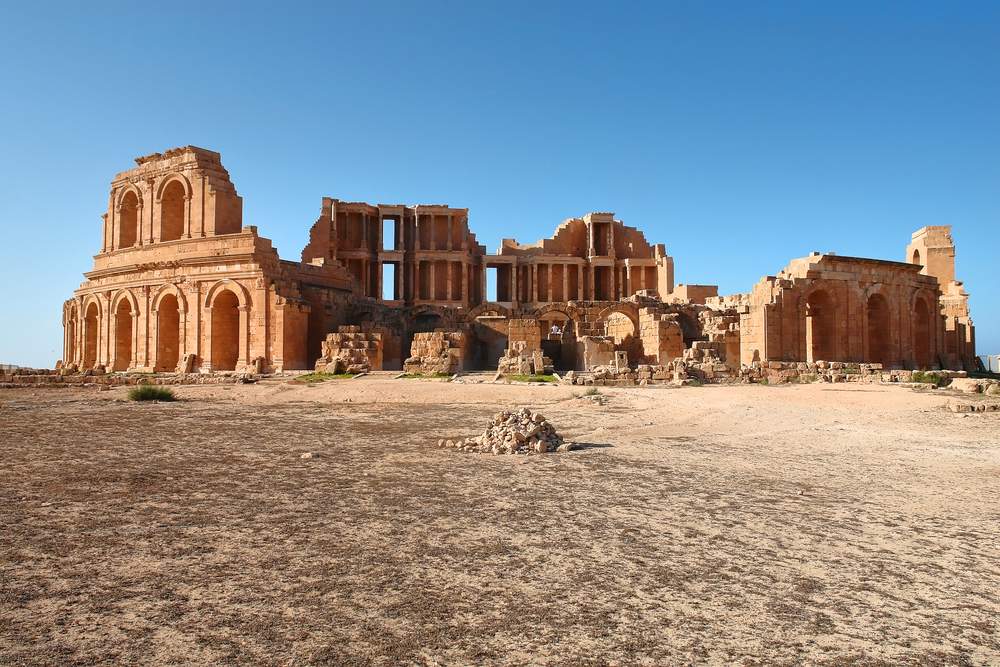 Libya
Libya Should you go? Not right now. The jury is still out on how long it will take to restore peace and order after the political situation has been stabilized. It will likely take a while for the tourism industry gets back on its feet. Next door, tourism in Tunisia is getting back on track, making this the safer option for checking out Roman ruins in the area, but visitors should avoid the border with Libya and mountainous areas.
>> Check out more of the best Roman ruins outside of Rome
The Democratic Republic of Congo (DRC)
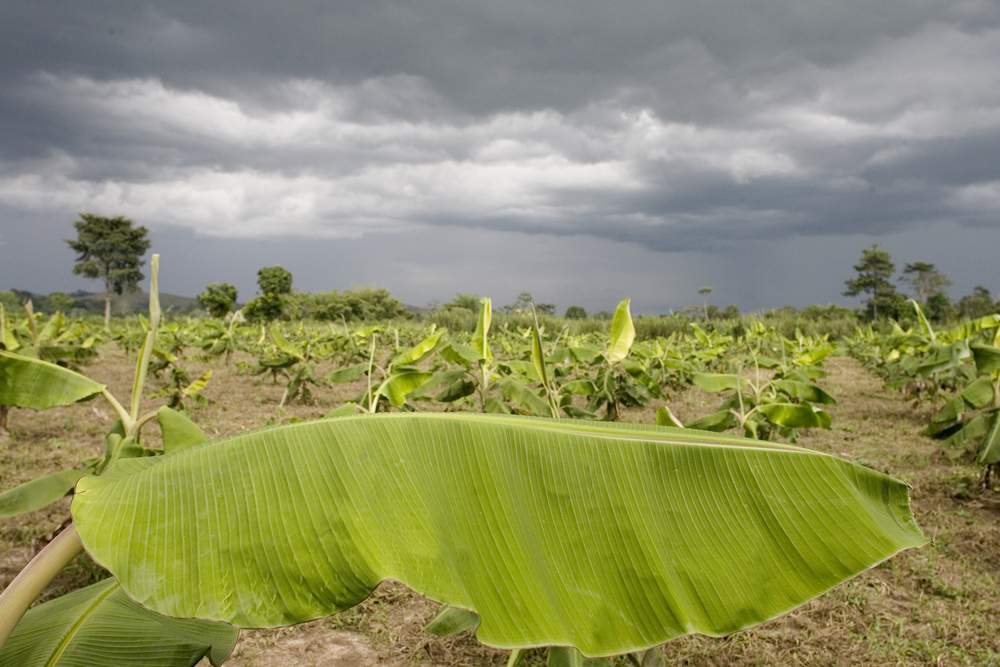
Should you go? The question is: would you want to? The DRC hardly seems a place for tourists, and the US Department of State strongly warns against the risks of traveling. Africa is a huge continent and you’ll find no shortage of alternative destinations to satisfy your desire for adventure off the beaten track.
>> Discover some affordable places to go on safari in Africa
Sudan
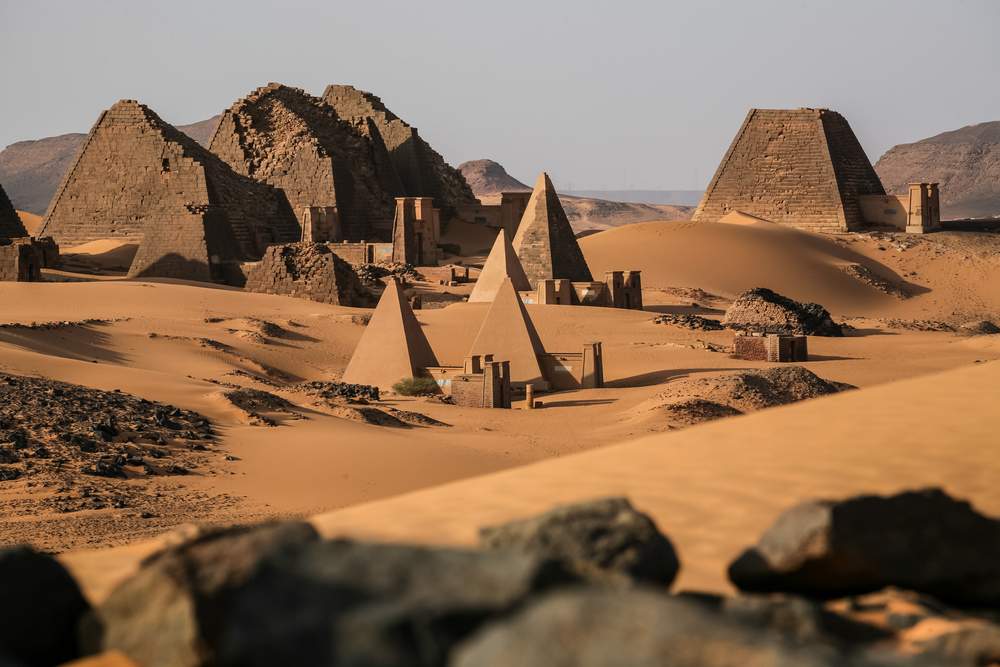
Should you go? Despite recent developments, the political situation remains highly unstable and with both the US and UK governments advising against all but essential travel to Sudan, it’s definitely advisable to stay away for the time being. While other African countries may not offer as much diversity in landscapes as Sudan, you can still find places like Namibia where you can kayak with sea lions at Cape Cross, see shipwrecks on the Skeleton Coast, visit the oldest desert in the world, and go on safari in Etosha National Park.
South Africa
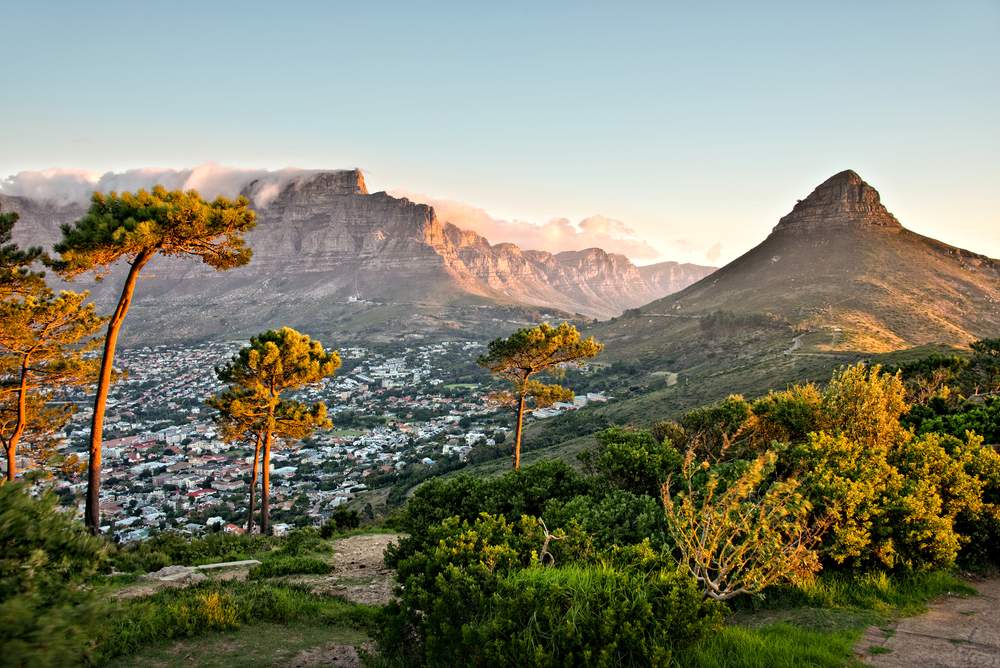
Should you go? Yes. South Africa does have its dangers, but it’s worth pointing out that a lot of this violence occurs within the townships and rural areas – areas most tourists will stay away from in favor of going on safari, visiting the Cape vineyards, diving with Great Whites or spotting penguins at Boulder Beach. Keep your wits about you in the cities, follow trusted locals’ advice and you should be able to avoid the major pitfalls.
>> Discover great things to do in South Africa
Read more about travel on the edge:
- 12 Dangerous Delicacies
- 10 Difficult-to-Visit Places and How to Get There
- 6 Countries on the US State Dept. Alerts and Warnings List That You Should Visit
Photos Credits: Shutterstock.com, msiudmak /Shutterstock.com, marchello74 /Shutterstock.com, Eng. Bilal Izaddin /Shutterstock.com, aaabbbccc /Shutterstock.com, Ilyshev Dmitry /Shutterstock.com, Sadik Gulec /Shutterstock.com, lapas77 /Shutterstock.com, giulio napolitano /Shutterstock.com, Martchan /Shutterstock.com, Delpixel.